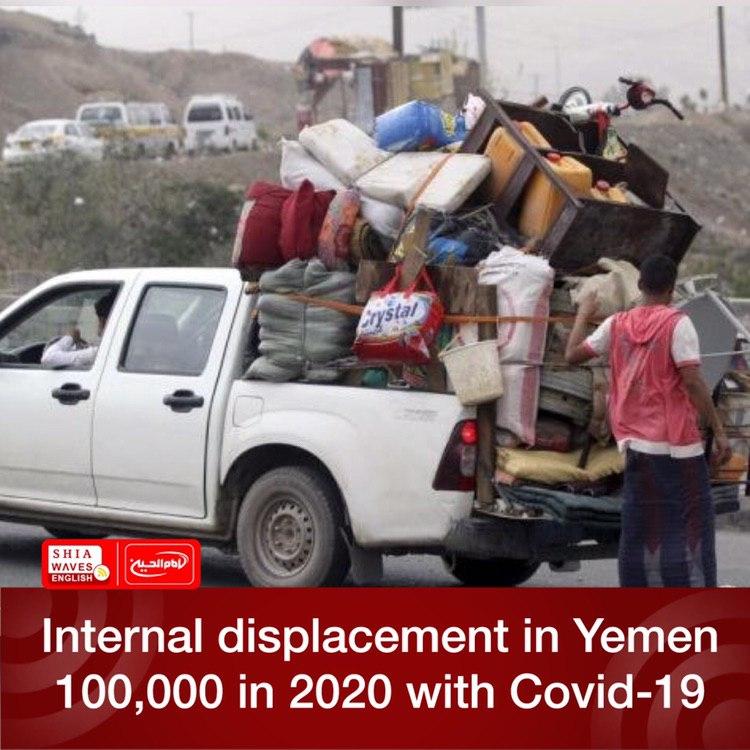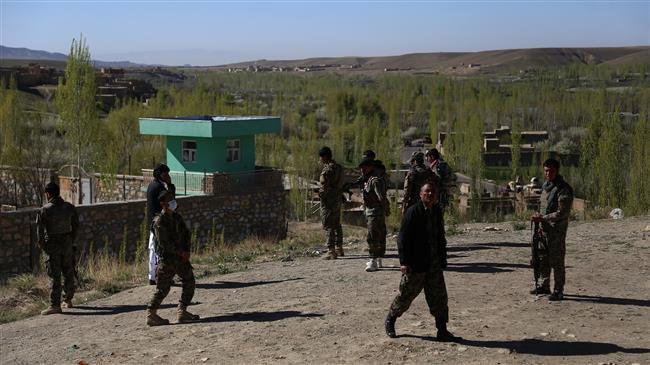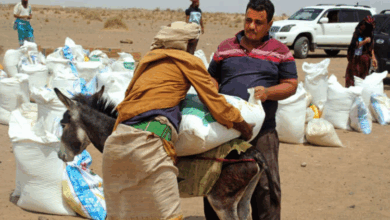Internal displacement in Yemen 100,000 in 2020 with Covid-19

Nearly six years have passed, but the conflict in Yemen continues to rage on. So far in 2020, more than 100,000 people have been forced to flee – mostly due to fighting and insecurity.
Nearly six years have passed, but the conflict in Yemen continues to rage on. So far in 2020, more than 100,000 people have been forced to flee – mostly due to fighting and insecurity. However, COVID-19 is beginning to emerge as new cause of internal displacement across the country.
From 30 March to 18 July, the international Organization for Migration’s (IOM) Displacement Tracking Matrix (DMT) recorded over 10,000 people moving due to COVID-19, most typically related to fears of contracting the virus and the impact of the outbreak on services and the worsening economic crisis.
“The situation in Yemen is so dire, particularly in locations like Aden where hospitals are turning away suspected cases and news reports have tragically shown large numbers of graves being dug, that families are now leaving virus hotspots,” said IOM Yemen’s Chief of Mission, Christa Rottensteiner.
“Displaced communities in Yemen have been the ones worst affected by the conflict. Now we are seeing that the COVID-19 outbreak is having a huge negative impact on them,” she added.
The outbreak as well as massive funding shortages pose major challenges for the humanitarian community working to assist internally displaced people living in overcrowded informal sites with little access to essential services.
The official number of COVID-19 cases in Yemen remains low. However, given limited testing capacity and concerns among the local population about seeking treatment, the humanitarian community is working under the assumption that the actual numbers are much higher.
Reports of increasing illness and death from communities across the country are confirming this assumption. Displaced people have now begun to list the outbreak as the reason for their displacement.
The majority of people are moving from Aden, as well as to a lesser extent from Lahj and other governorates, to other areas in Lahj less affected by the outbreak while others are going to districts in Al Dhale and Abyan, despite active fighting ongoing in other parts of that governorate.
Due to access constraints, IOM DTM currently only collects data on displacement in part of the country— districts in 12 governorates out of 22. Therefore, the number of displacements in 2020 is likely to be much higher than what has been recorded.
“Corona has made our situation worse — everyone is tired,” said Salam, a displaced woman originally from Al Hudaydah and currently sheltering in a displacement site in Aden.
“Some people have had to sell their mattresses, blankets and children’s clothes. We used to work as maids but now when we go knocking on doors to offer our services, they demand that we leave because they are afraid that we will infect them. Since they won’t give me work in their homes, I have to beg on the street,” added Salam.
Many of those displaced as a result of the outbreak were already living in displacement and are moving for the second, third or fourth time.
“People are living in constant fear of developing coronavirus symptoms, and they don’t have anything to protect themselves,” said Rawdah, who was displaced from one district to another in Taizz and is now living in a displacement site.
The water and sanitation situation in many of the displacement sites in Yemen is extremely worrying, and displaced Yemenis are finding it difficult to access health care. This is particularly the case in Marib where the majority of people have been displaced to this year—more than 66,000 people.






